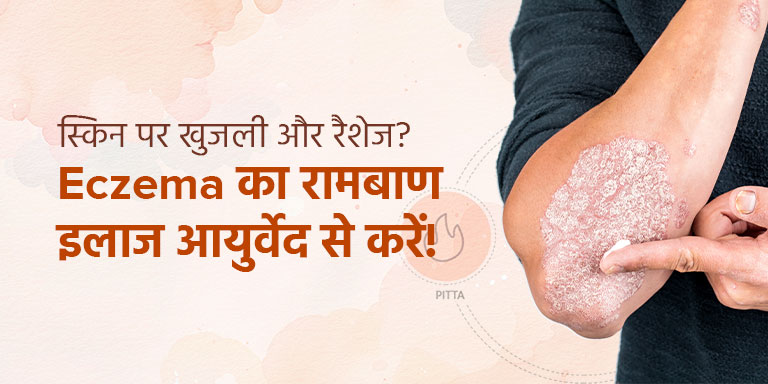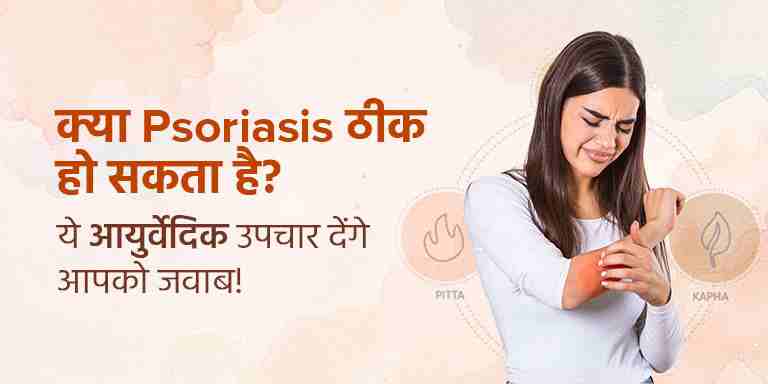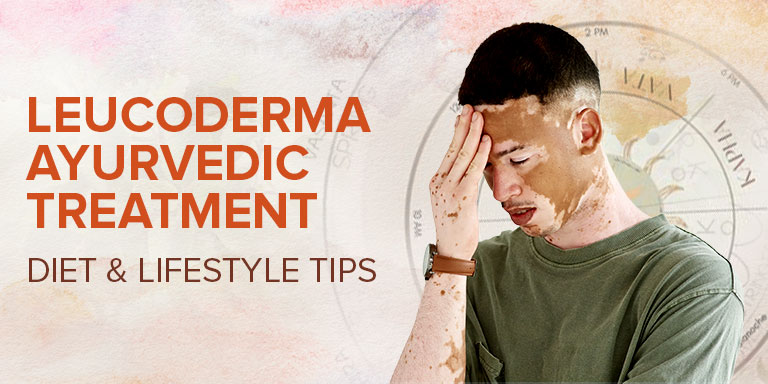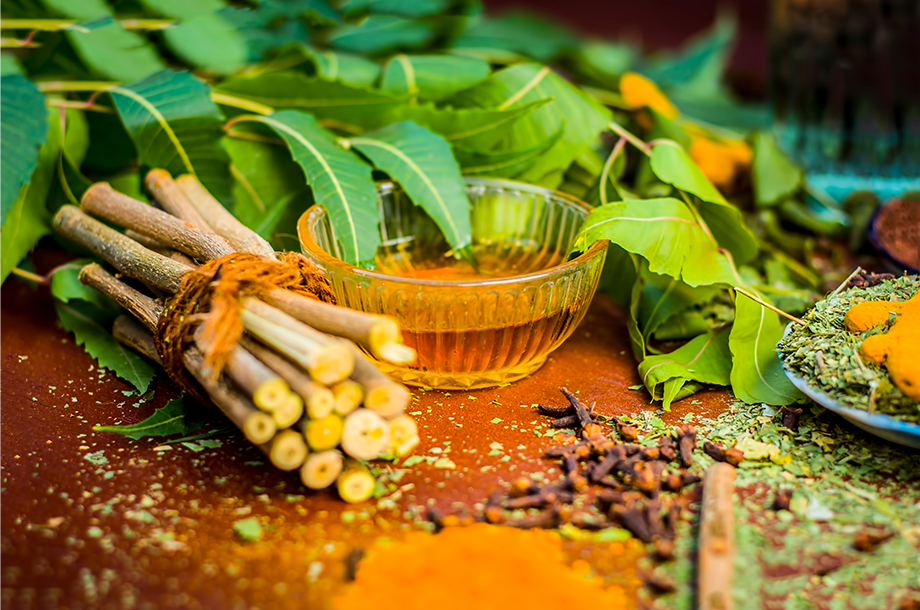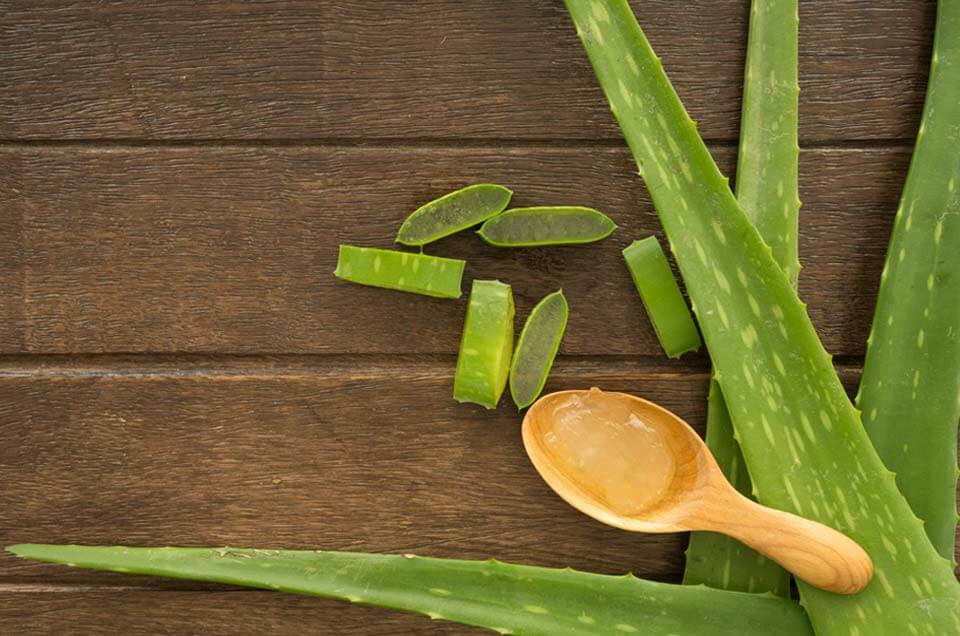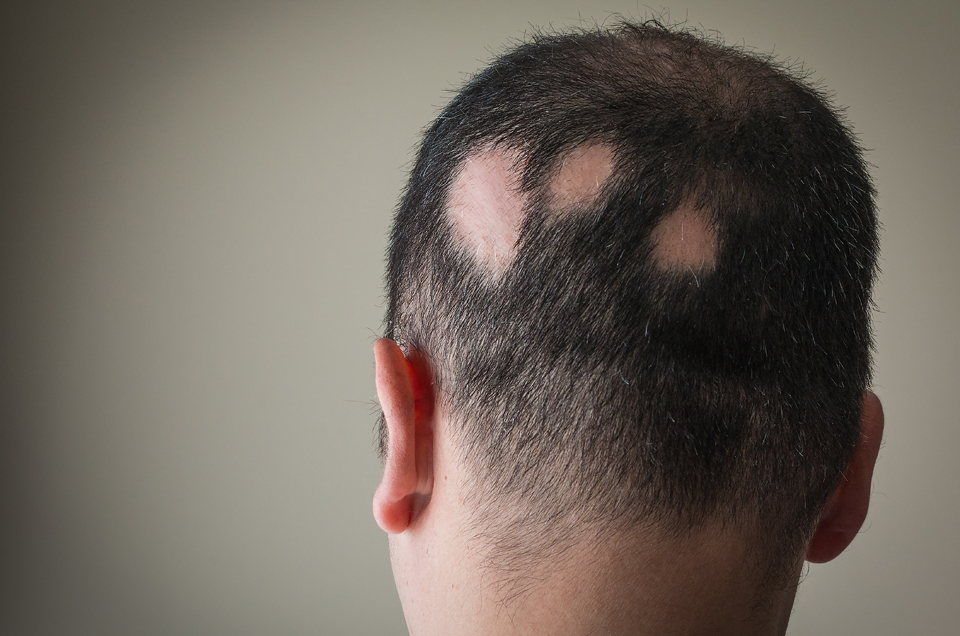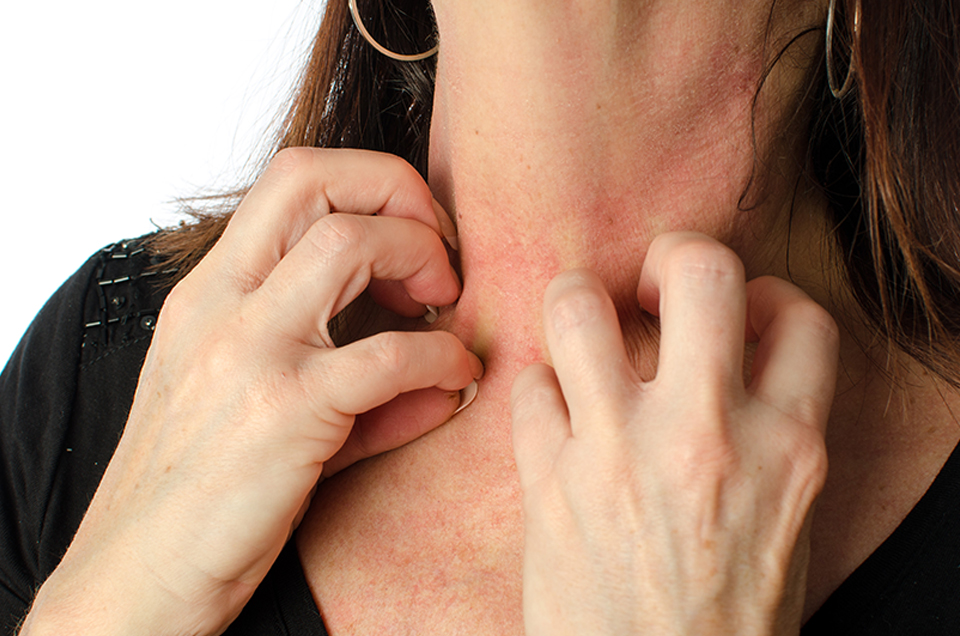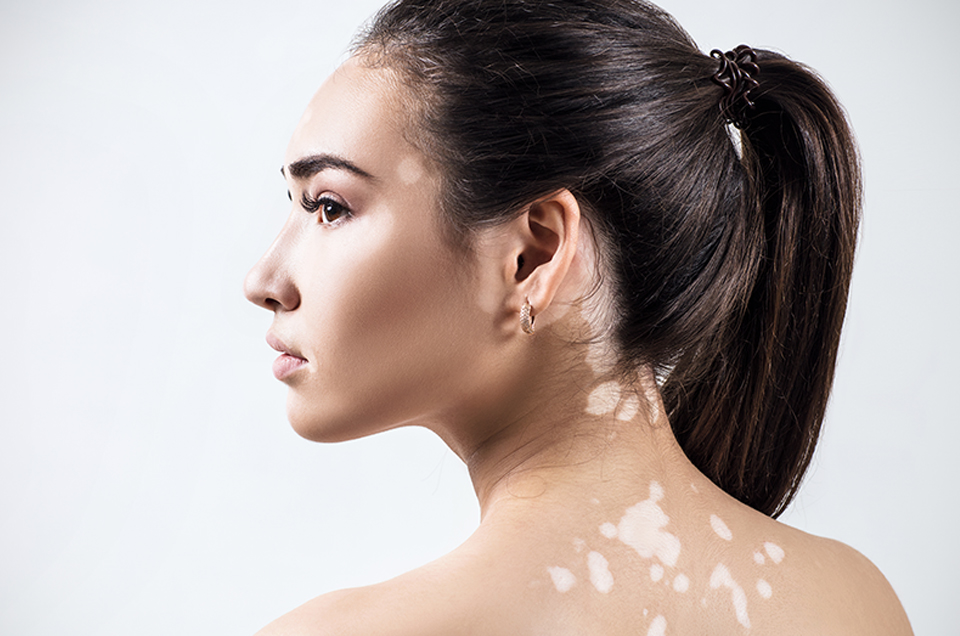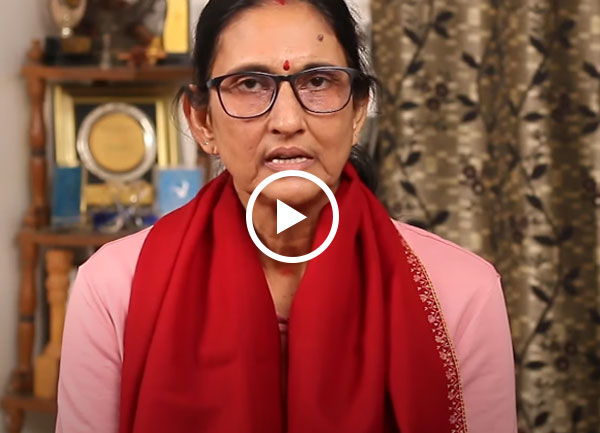What is tinea versicolor?
Tinea versicolor, as its name implies, ‘tinea’ means a group of diseases caused by a fungus and ‘versicolor’ means changeable in colour. This type of fungal infection is superficial and non-contagious but it affects the appearance of an individual. The fungus interferes with the normal pigmentation of the skin and makes lighter or darker patches, mainly affecting the trunk and shoulder area. Usually, it is treated with topical or oral antifungal medicines and creams or lotions. But, it often recurs, especially in the warm, humid climate.
Ayurveda perspective of tinea versicolor
According to Ayurveda, such fungal infection occurs due to an imbalance in kapha and vata doshas. Kapha is an Ayurvedic humor that symbolises mucus and it is heavy, dense, cold, and sticky in nature. Vata dosha symbolises air or wind and it is dry, subtle, cold and mobile in nature. Kapha and vata dosha imbalance manifest in the skin and cause the accumulation of toxins. This toxin accumulation gets into the deeper layers of the skin affecting rasa (nutrient plasma), mansa (muscles), rakta (blood) and lasika (lymphatic tissues). The toxin accumulation caused at such levels further aggravates kapha and vata in the body resulting in fungal infection ‘tinea versicolor. Ayurveda addresses this imbalance and root cause of the disorder thereby providing you safe and long-lasting results. It removes the toxins from the body and reduces the chances of recurrence of the fungal infection. To do this, Ayurveda has several tinea versicolor home remedies, which help treat the fungal infection in the initial stage, supplemented by diet and lifestyle changes that speed up the healing process. Below mentioned are a few tinea versicolor home remedies that can help you.
Tinea versicolor Natural remedies
- Neem has natural anti-fungal and anti-bacterial properties. Hence, it can be used to prevent and treat the infection. You can chew neem leaves, make a paste of it and apply externally and wash the infected area with boiled neem leaves water.
- Aloe vera is popularly known for its skin healing properties. It soothes and reduces itching and inhibits the spread of the fungus. You can gently massage fresh aloe vera gel or pulp on the affected area of the skin.
- Turmeric (haldi) has strong anti-inflammatory property which helps in reducing itching and pigmentation of the skin. Therefore, you can make a paste of turmeric powder with raw milk and apply it to the affected body parts.
- You can mix coconut oil with camphor (kapur) and gently apply it to your skin to prevent the growth of the fungus.
If you notice, the discoloured patches are spreading even after trying tinea versicolor home remedies, please consult an expert Ayurvedic doctor rather than self-medicating. The doctor will suggest proper tinea versicolor treatment to you. You can connect with Jiva doctors online through a video call or telecall or visit your nearest Jiva clinic. They will be happy to be a part of your healing journey.




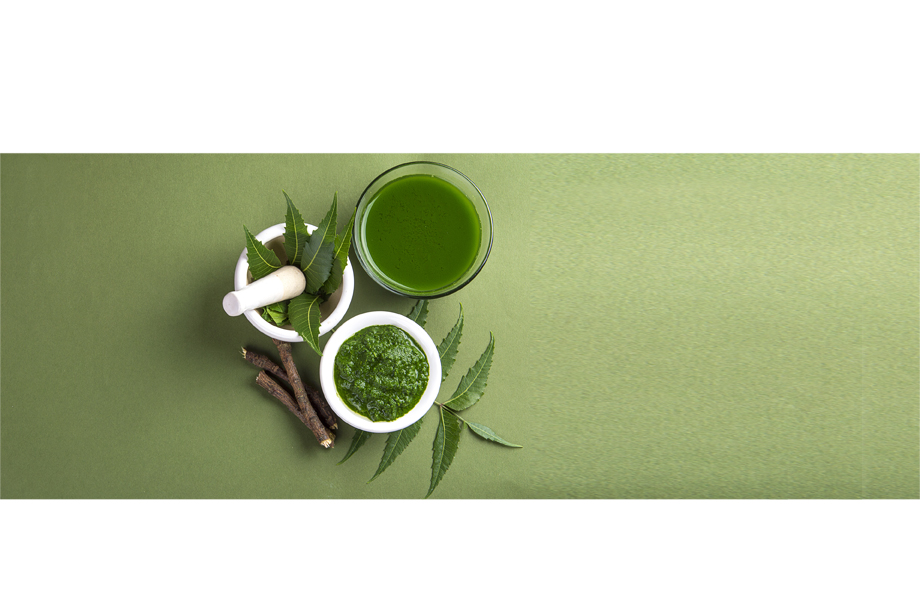
 Prev
Prev
